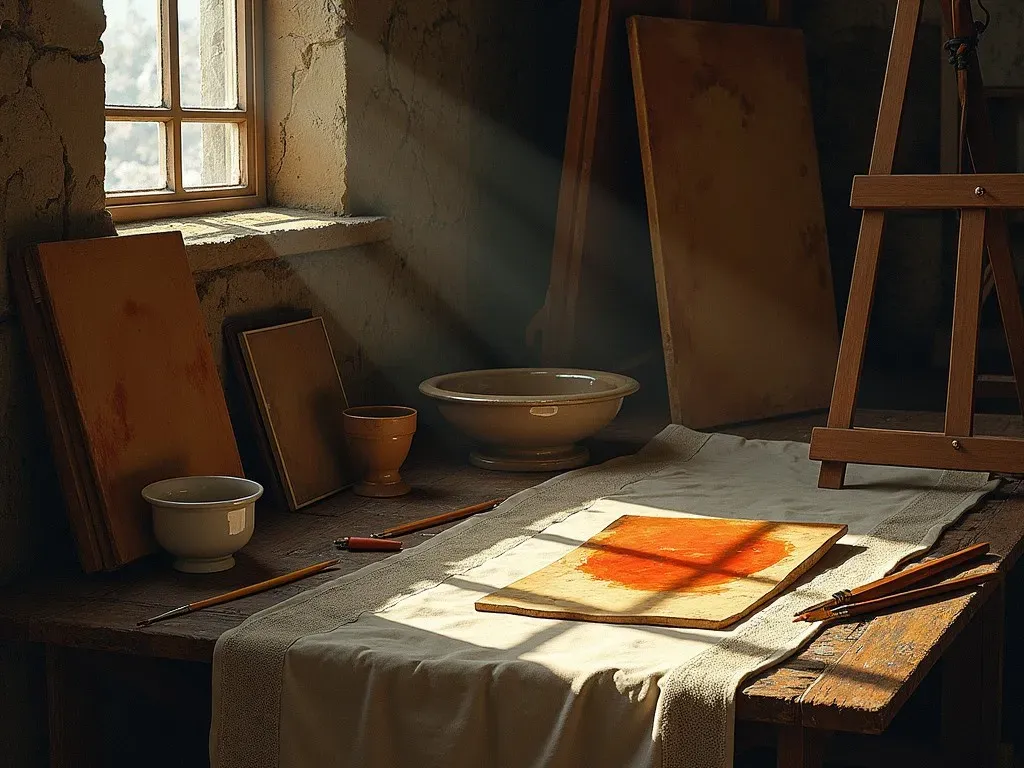Keyword: Rembrandt paintings for sale
The pursuit of owning a piece of art history has intrigued collectors, enthusiasts, and investors alike. Among the luminaries of the art world stands Rembrandt Harmenszoon van Rijn, a master painter whose original works have become treasures sought after on the auction block. If you are looking to buy Rembrandt paintings or explore what’s on the market today, join us as we delve into the legacy of this artistic giant, examine the availability of his artworks, and provide insights into how to acquire them.
Exploring Rembrandt’s Legacy
Rembrandt, born on July 15, 1606, in Leiden, Netherlands, became one of the most celebrated painters in European art history. He is renowned for his exceptional ability to portray human emotion, light, and texture—innovations that forever transformed the art of painting. His oeuvre includes portraits, landscapes, historical and biblical scenes, making him a versatile figure of the Dutch Golden Age.
Facts and Figures
| Year | Event |
|---|---|
| 1606 | Birth of Rembrandt in Leiden, Netherlands |
| 1632 | Moves to Amsterdam, becoming a leading portraitist |
| 1640s | Achieves acclaim for historical and religious canvases |
| 1669 | Death of Rembrandt; his legacy continues to inspire artists |
Where to Find Rembrandt Paintings for Sale
Finding original Rembrandt paintings for sale is no small feat due to their rarity. Most existing works reside in prestigious museums, but some pieces occasionally surface in private collections and auctions. Here’s a look at some platforms and avenues where interested buyers can seek these masterpieces:
Auction Houses
-
Sotheby’s
Renowned for its high-profile auctions, Sotheby’s offers valuable insights into Rembrandt’s artworks along with pricing trends and historical data. His works have fetched millions, with the most valuable painting selling for over $32 million in 2009 at a Christie’s auction. -
Christie’s
Known globally, Christie’s showcases an impressive range of art, including the rarest Rembrandt pieces. Regularly updated auction catalogs make it easy for collectors to track available works. -
Heritage Auctions
This auction house features a selection of Rembrandt artworks, providing detailed pricing data from previous sales. Heritage Auctions is another trusted venue to explore options.
Online Art Marketplaces
-
1stDibs
An online marketplace known for high-end art and antiques, 1stDibs features several variations of Rembrandt’s paintings along with modern editions and reproductions. -
Artsy
Artsy provides a platform for galleries to exhibit works, including Rembrandt’s art. Prices here vary widely based on the piece’s rarity and historical significance. -
eBay
While less traditional, eBay can yield interesting finds, from reproductions to artworks by followers of Rembrandt. Due diligence is advisable when purchasing from online platforms.
Gallery Exhibitions
In addition to online platforms and auction houses, art galleries occasionally feature exhibitions that include Rembrandt or pieces inspired by his style. Following local art community news and events can lead to discovery opportunities.
Understanding the Value of Rembrandt Paintings
Investing in a Rembrandt is as much about passion as it is about financial foresight. Here’s a breakdown of how the market values his paintings:
- Original Oil Paintings: Rarely come up for sale; prices often exceed millions.
- Etchings and Prints: More accessible, ranging from hundreds to thousands of dollars.
- Reproductions: Far more affordable, typically under $500, but lack the historical value.
Estimated Price Range
| Type of Art | Price Range |
|---|---|
| Original Paintings | $1 million – $45 million |
| Etchings | $300 – $10,000 |
| Reproductions | $50 – $500 |
How to Purchase Rembrandt Paintings?
-
Authenticity Verification: Ensure you are acquiring artwork with proper provenance and documentation to confirm authenticity.
-
Condition Reports: Request condition reports from reputable dealers or auction houses to understand any restoration or damage history.
-
Bidding Strategies: In auctions, know your budget and set bidding limits to navigate the competitive environment effectively.
-
Artwork Insurance: If investing significantly, consider insuring your artwork to protect against potential damage or loss.
FAQs
Q: Are genuine Rembrandt paintings still available?
A: Yes, while rare, original Rembrandt paintings can occasionally be found at major auctions and galleries.
Q: What is the average price for a Rembrandt etching?
A: Rembrandt etchings can typically range from $300 to $10,000, depending on rarity and condition.
Q: Can I find reproductions of Rembrandt’s work?
A: Yes, reproductions are widely available and affordable, making them accessible for art lovers on any budget.
Q: What factors influence the value of Rembrandt paintings?
A: Key factors include historical significance, provenance, rarity, and condition.
Q: Where can I find more information and listings for Rembrandt paintings?
A: For more information and the most recent listings, check reputable auction houses, online art marketplaces, and dedicated art galleries.
By understanding the intricacies of the art market and the significance of Rembrandt’s legacy, art lovers and collectors can embark on an exciting journey to potentially acquire a piece of history.
